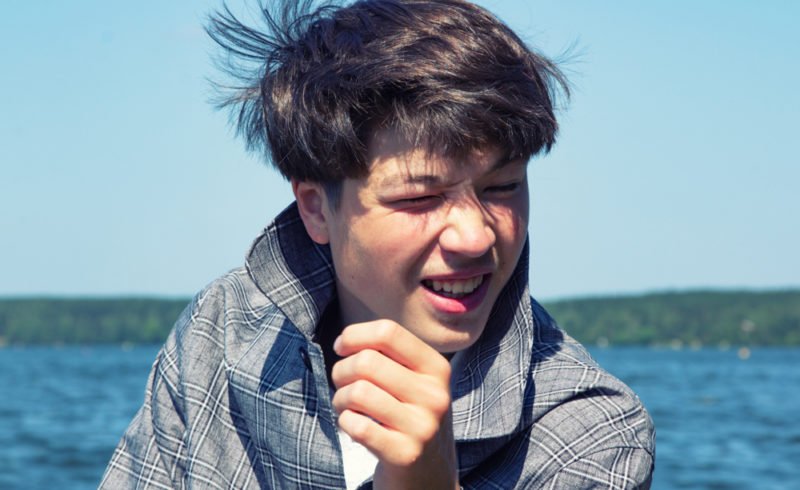What causes dry eye and what can I do?

What causes dry eye?
Dry Eye Syndrome is caused due to a lack of tears, or when your tear film evaporates. The tear film is the layer of tears that coats the surface of your eye. It is comprised of aqueous (watery component), mucous and lipid (oily component). If this combination of water and oil is imbalanced, it can cause evaporation.
The most common causes of dry eye are Blepharitis and Meibomian Gland Dysfunction (MGD), both of which can have similar symptoms and treatments but are different anatomically.
Meibomian glands are the oil-producing glands located in both the upper and lower eyelids. They number about 25 to 30 and slowly release oil into the tear film. This oil helps to stop the aqueous (watery component) of the tears from evaporating, thus helping to prevent dry eyes. Sometimes the oil becomes thicker, which can lead to blockage of the narrow duct that takes the oil from the gland to the tear film. The oil continues to be made and this can lead to swollen inflamed glands, and crusting/ debris around the lashes. It also causes a dry eye, since the stabilising oil cannot reach the tear film. Severe blockage can lead to further enlarged glands (a cyst) or even infection (a stye). It is therefore important to – firstly – unblock the glands – and secondly – to prevent them from blocking up again as much as possible, using a combination of heat treatment, ointments and lid washes.
How can I treat it dry eye?
Heat treatments can be done to liquefy the thickened oil in the gland, thus allowing it to secrete or move more freely. The most effective way to achieve this is by using a heated eye mask designed for MGD patients. However, in the absence of an eye mask, a simple face towel soaked in warm water and held over the eyes nightly will also assist.
Once the lids/glands have been warmed up it helps to gently massage the lids with fingers rolling towards the lash line of both upper and lower lids to get the glands secreting.
To relieve symptoms of dry eye, preservative-free lubricating drops are the safest way to go and can be used as required. Symptoms can include the obvious dry eye feeling, grittiness, burning/stinging, variable vision with blinking and even watery eyes.
Most people do not associate teary or watery eyes with a dry eye dysfunction but, in many cases, the eye is being sent messages to produce a sudden influx of tears due to an underlying dry eye.
The incidence of MGD and Blepharitis in the general population has been reported in some instances to be as high as 80%, although some people may not have many symptoms, or they can tolerate them – not needing active treatment. Ageing, hormone changes, allergy, immune deficiency, sinus complaints and environmental factors can exacerbate dry eye symptoms and increase the severity of symptoms.
How we can help
At Freedom Eye Laser we offer a comprehensive and progressive approach to treating Dry Eye. We carry the correct heatable eye masks, and eye drops for dry eye treatment. We also run dedicated Dry Eye Clinics for patients who feel they may fall in this category seeking treatment. In combination with the above therapies, we also have access to medicated ointments which greatly relieve the eyelid condition, and for more stubborn cases we utilise the most current advanced IPL technology.
If you think you may suffer from this condition or would like more information, you can contact us to book an appointment without a referral letter, on (02) 9981 1771.
Author – Nazanin Azimi
Freedom Eye Laser have a dedicated clinic that utilises the most effective therapies. The clinic is run by Nazanin who is an experienced Optometrist. She takes the time to understand our patients’ concerns and the impact dry eye has on their lives. Nazanin evaluates the cause(s) and severity of your condition then tailors a solution to reduce symptoms. She carefully monitors the treatment’s effectiveness over time and adjusts the care as needed.



